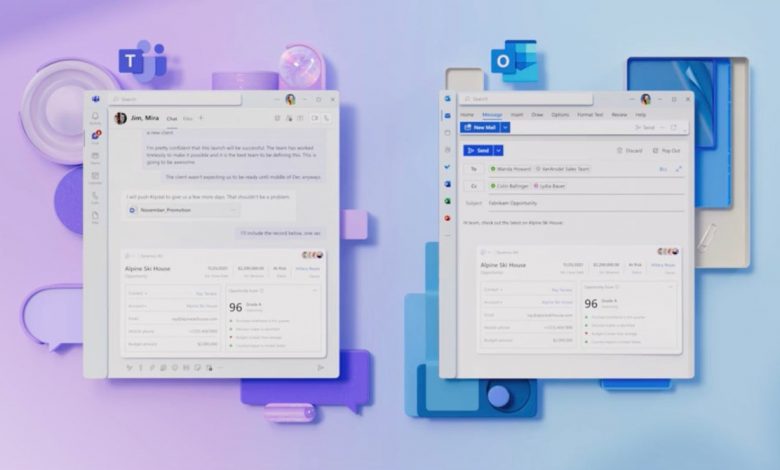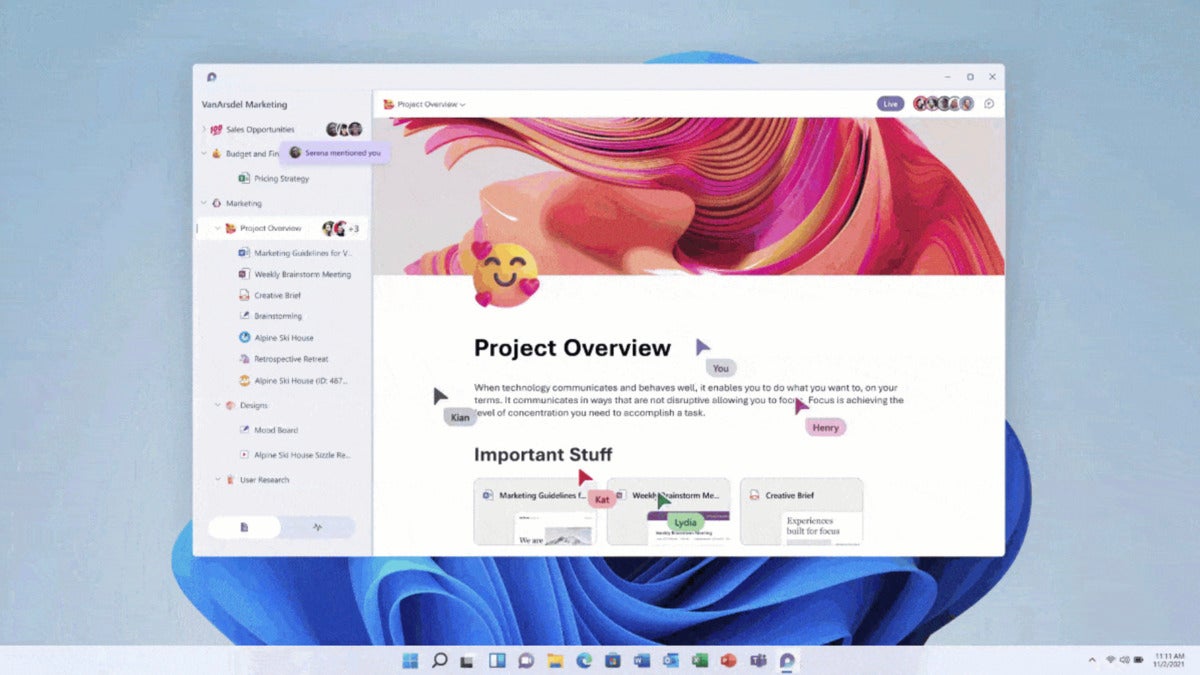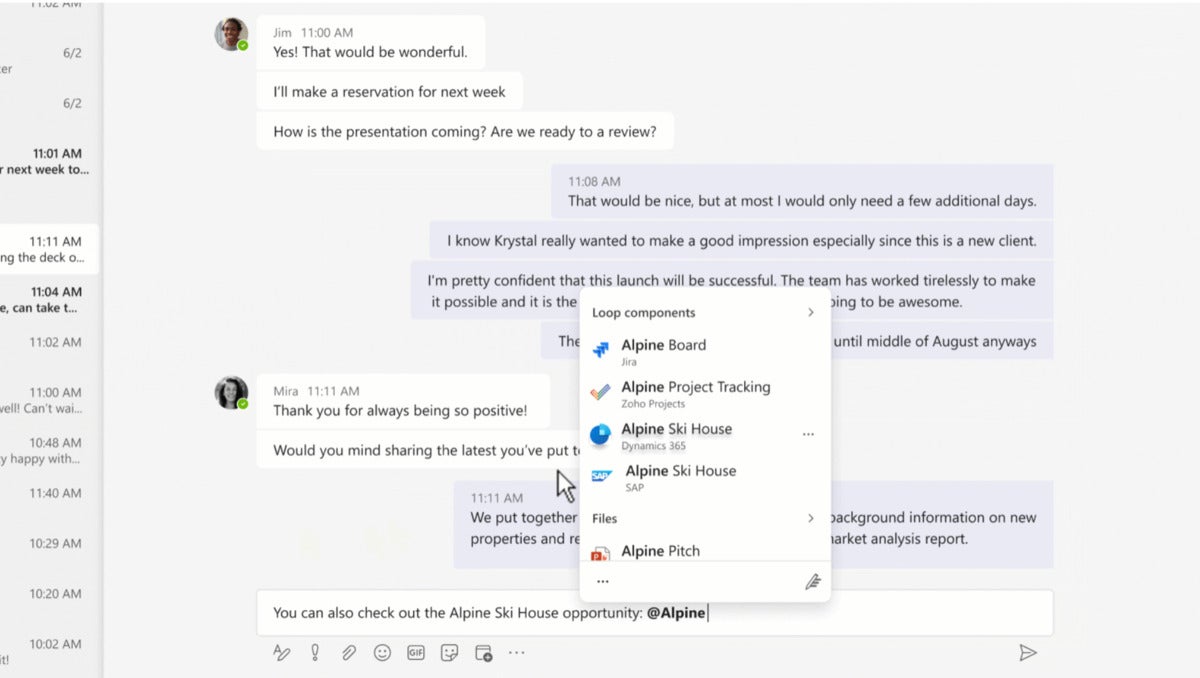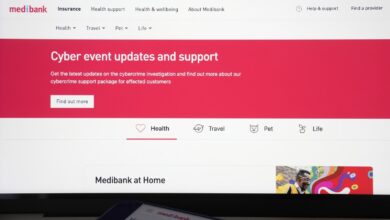Microsoft announces Loop – and a new collaborative Office document

Microsoft this week announced a new productivity appLoop, combine elements of documents, spreadsheets, and presentation apps in a single collaborative space.
“This technology is truly Microsoft’s vision for the future of Office, breaking down rigid barriers between different file format types, allowing content to be deconstructed into modular components that can be easily shared between apps, making it easier to create collaborative content,” said Angela Ashenden, principal analyst at CCS Insight.
While the app itself is new, Microsoft has been paving the way for Loop for a while with its Fluid Framework. Announced two years ago, the Fluid Framework removes the barriers between Microsoft 365 apps, allowing application components such as tables, charts, and lists to be embedded in different apps and used by multiple users. updated in real time. For example, changes made to the inventory list table or updates to meeting notes in OneNote will be immediately viewable if the element is also embedded in Outlook or Teams.
These Fluid components – now known as “Loop Components” or “Loop” – are one of three key components in the new app. These Loop component building blocks can be embedded into a “page” The Loop serves as a shared framework, for example, containing various sources of information related to a particular team project. The Loop pages are then organized into Loop’s “workspaces,” providing an overview of multiple documents.
 Microsoft
MicrosoftLooping pages can be organized into Loop workspaces.
Microsoft says Loop components will be accessible in Microsoft Teams, Outlook, and OneNote later this month. The company promises more details on the availability of the standalone Loop app “in the coming months.”
A ‘big mindset shift’ to the market
“The launch of Loop is a bold move by Microsoft,” said Raúl Castañón, senior analyst at 451 Research, a division of S&P Global Market Intelligence. “Word processors are long overdue for a new approach.”
Castañón sees the Loop application as a complement to, rather than a replacement for, traditional document editing applications. “Rather, it is a tool for use cases that word processors are not designed for, with asynchronous and real-time collaboration capabilities, integration with recording systems. and automate the workflow,” he said.
The all-in-one document is a concept that has been successful with startups like Coda, Airtable, and Notion; Quip, which was acquired by Salesforce in 2016, has also sought to modernize office documents. And Google earlier this year introduced its smart canvas “building blocks”; The concept is similar in that it links information between Workspace apps like Docs and Sheets with simple polls and checklists that are updated simultaneously across apps.
(Google Wave, released in 2009 and decommissioned the following year, can be seen as a precursor to some of these tools, although it was considered ahead of its time.)
While it makes sense for Microsoft to embrace new document types, Loop represents a significant change that Office app users can take time to adapt to, Ashenden said.
“This technology is still in its early days, and it won’t replace Office apps in most people’s workflow any time soon. But it shows that Microsoft recognizes the need to lay the groundwork for a post-Office world,” she said.
“Promoting Loop as a discrete app will help expand its audience, get input from early adopters, and understand interests and best practices,” she said. .
 Microsoft
MicrosoftLoops are made up of different Loop “components”.
Dynamics 365 Loop component in development
In related news, also introduced a new Loop component that connects Dynamics 365 records to the apps in the company’s Office 365 suite.
Connecting your business apps with productivity tools, such as the ability to embed Teams chat in the Dynamics 365 Sales app (announced earlier this year and currently in preview) is Microsoft’s growing focus.
The new Loop component, also announced at Ignite Microsoft this week, builds on the concept of allowing users to pull up customer records directly in Teams and edit information, such as changing base status. sales assembly to “processing”, while highlighting which users are making changes.
The Loop component is expected to be available in public preview by the end of 2022.
 Microsoft
MicrosoftThe new Loop component that connects Dynamics 365 records to Office 365 suite apps will be available in late 2022.
Copyright © 2021 IDG Communications, Inc.




